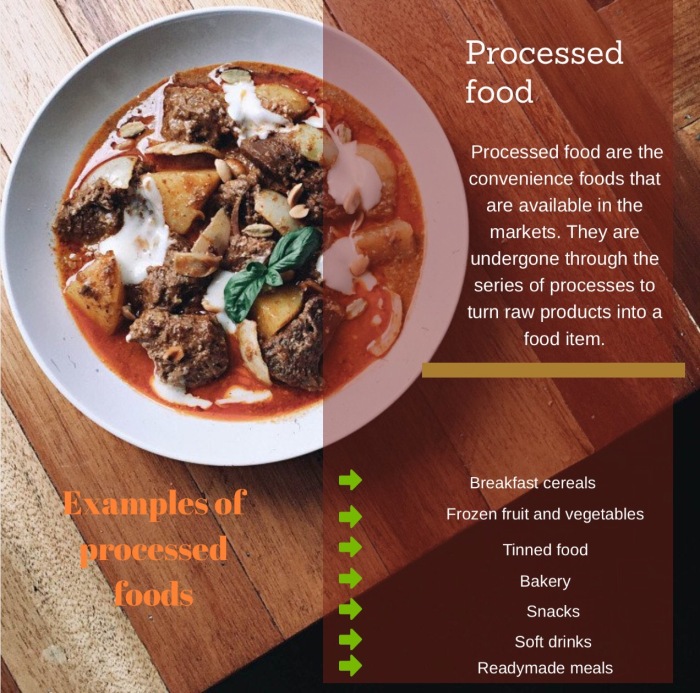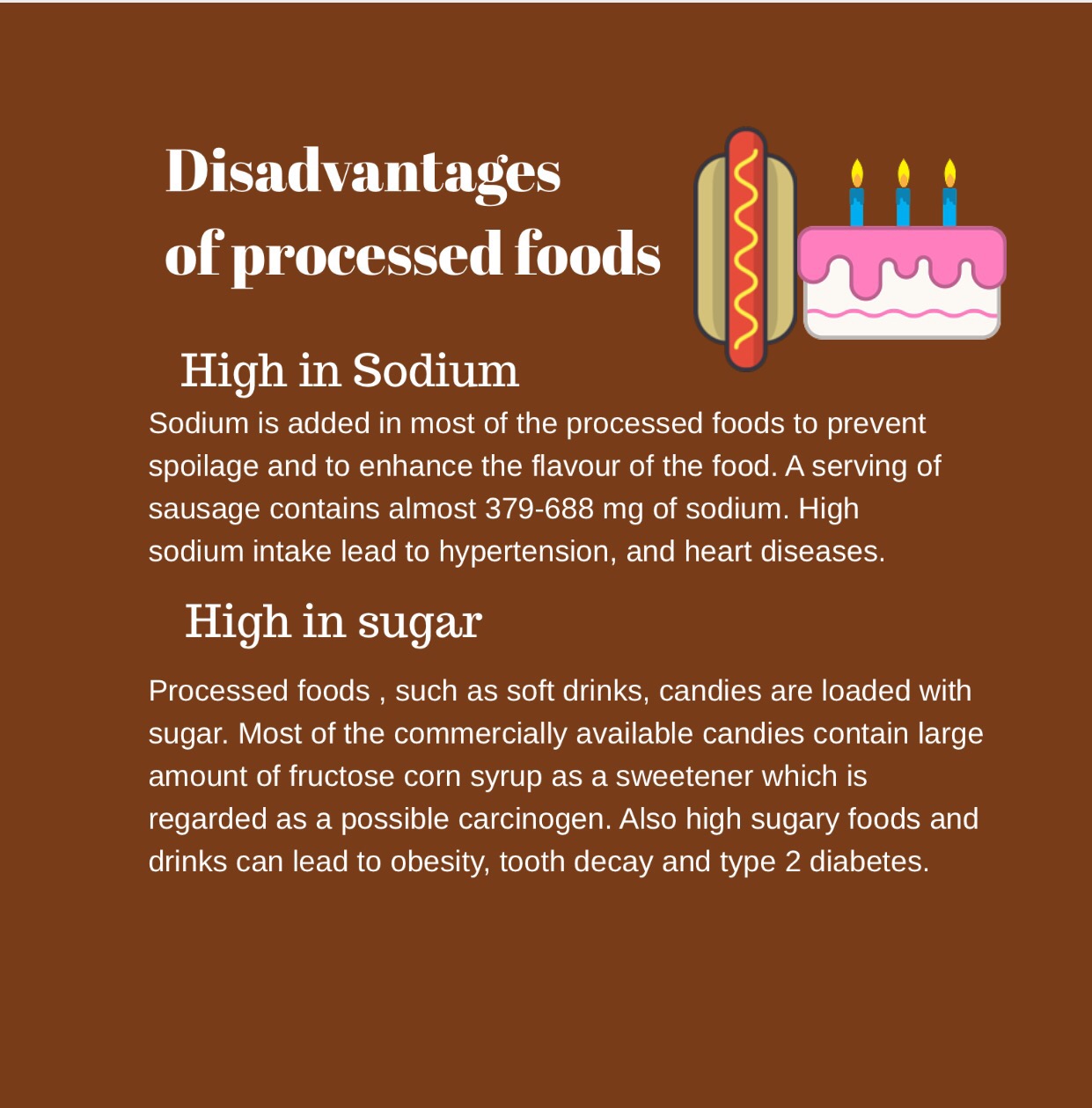Month: November 2017
Fish as a food
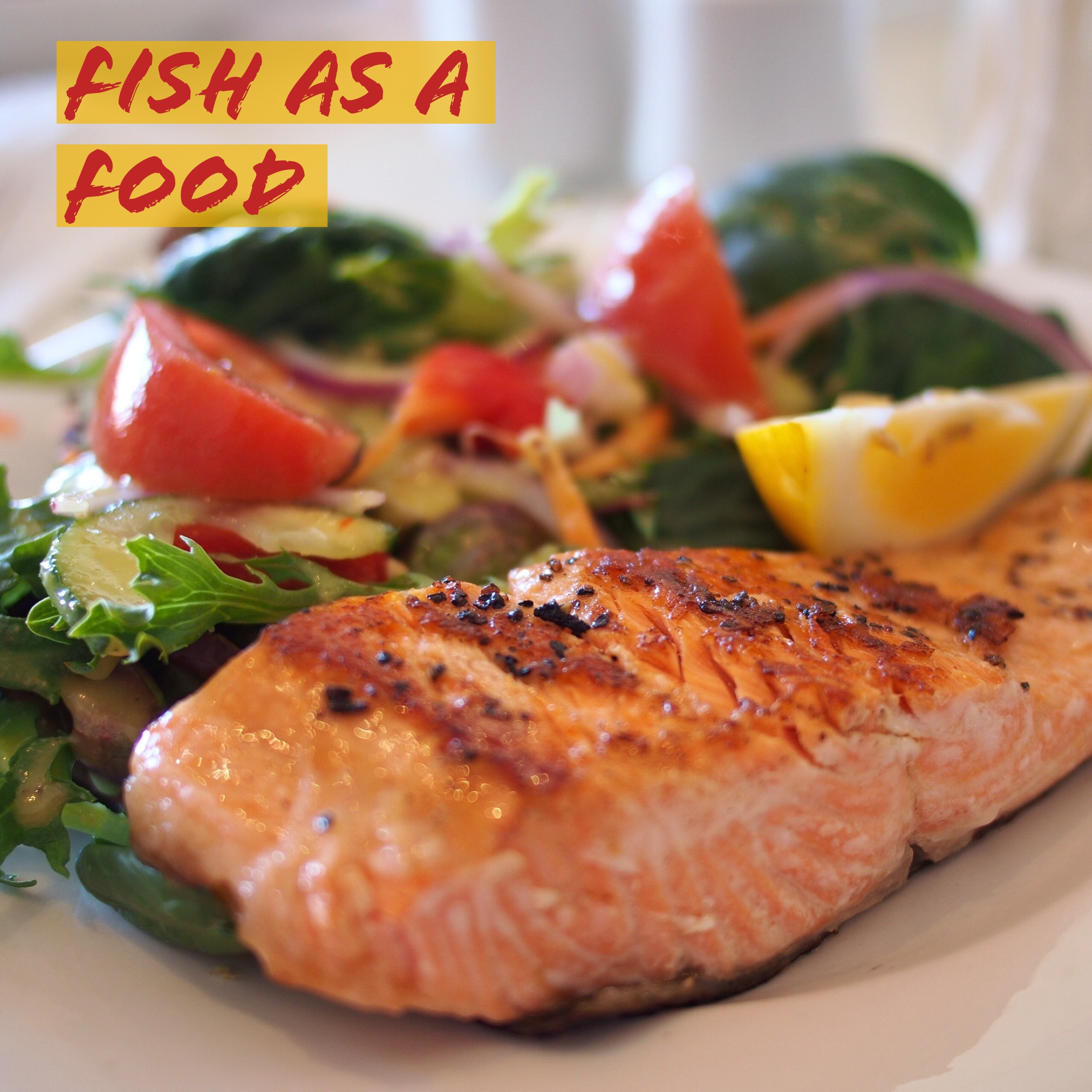 Fish is one of the most nutritious food available to mankind since prehistoric times. It is a high protein and low fat nutrient dense food which provides number of health benefits if regularly consumed. Fish is rich in omega 3 polyunsaturated fatty acids as well as several minerals and vitamin including iodine , potassium, vitamin D and selenium.
Fish is one of the most nutritious food available to mankind since prehistoric times. It is a high protein and low fat nutrient dense food which provides number of health benefits if regularly consumed. Fish is rich in omega 3 polyunsaturated fatty acids as well as several minerals and vitamin including iodine , potassium, vitamin D and selenium.
Nutritional composition of fish
The nutritional value of fish vary according to location where it is harvested, the type of water, type of feed given, the cut and on the fish type . It also depends on the way it is cooked. The general overview of fish nutrition is given below;
Calories
Fish is a low calorie protein source, one serving of three ounce low fat fish such as cod contains less than 100 calories and high fat fish such as salmon, herring contains about 200 calories per three ounce.
Proteins
Fish is enriched with all of the essential amino acids needed for healthy growth and development. A three ounce serving of fish provides 30-40% of the daily average proteins requirement.
Fats
Fish is generally low in fats. Low fat fish such as cod contains less than 5% and the fatty fishes such as salmon, herring and mackerel have no more than 15% of fat. A large proportion of fat found in fish are polyunsaturated, including omega 3 fatty acids which has many health benefits. Fish meat is typically low in saturated fats and cholesterol. A high fat fish contains as little as 100mg of cholesterol in one serving.
Vitamins and minerals
Fish is a rich source of many essential vitamins such as vitamin A, B and D which are needed for healthy skin, vision and bones. The minerals found in fish includes selenium, iodine, zinc and iron. Selenium act as a powerful antioxidant, zinc is needed for cell growth and immune system, iron is an essential element for blood production and iodine helps to regulate thyroid functions in human body.
Benefits of eating fish
Regular consumption of fish provides you with several health benefits, some of which are as follows ;
-
Cardiovascular diseases
The fats found in fish are rich in omega 3 polyunsaturated fatty acids. Studies reveals that consumption of omega 3 fatty acids found in fish protects agains the development of cardiovascular diseases and helps to lower the triglyceride levels in blood.
-
Nervous system
One of the most important omega 3 found in fish is docosahexaenoic acid (DHA). Humans are unable to transform other fatty acids into DHA. So it is always essential that sufficient amount of DHA should be provided through diet. DHA supports brain development in both infants and adults. It play essential role in learning, memory, and behaviour. Regular use of fish by children promote healthy nervous system and better brain functions, more specifically cognitive and visual functions.
-
Bone health
Fatty Fish is rich in vitamin D, which is an important nutrient for bone functioning and development. The use of fish in cold weather and in areas where there is not enough sunlight protects from bone deformities in young kids and osteoporosis in post menopausal women. The omega3 found in fish also reduces inflammation in arthritis.
- Flu and cold
Fish is rich in selenium and zinc. Selenium is power and antioxidants and contributes to the production of white blood cells which helps to fight with flu viruses. Zinc is an important nutrient for cell functions and immune system. Also the omega 3 found in fish helps to protect from the symptoms of cold and flu.
Recommended serving of fish
The recommended serving of fish is at least twice a week. Each serving should be at-least 3.5 ounces or the size of the deck of cards. Fatty fish like mackerel ,herring ,salmon, trout or tuna should be consumed at-least once a week.
Tips of cooking fish
fish can be cooked in variety of ways. It can either be fried , steamed, grilled , baked or cooked. Following are some tips that should be considered to make a healthy, nutritious and delicious fish.
- Always wash and pat dry fish before cooking.
- Do not overcook fish as it results in somewhat dry and tasteless meat.
- Baking is normally recommended for large whole fishes , bake fish for at least 25 -45 minutes in preheated oven at 350 degrees F.
- Shallow frying is a popular method for cooking smaller fish. Cook fish for 7-8 minutes from both sides depending on the thickness of the fish.
- Steaming fish is a healthy and heart friendly option. Place the fish marinated with lemon and seasonings in a steamer with boiling water and cook for about 8 minutes or until the the flakes are easily separated.
- Deep frying battered fish is one of the most traditional style of cooking fish. Always choose oil for frying with high smoke point . Sunflower, canola are good choices. Fry fish until golden from the top and flaked from the centre.
Portion and serving size guide
What is portion size?
A portion size can be defined as the quantity or the amount of food one choose to eat at a time. Eating too little or more than the required amount may result in malnourishment or obesity. During recent years average portion size has become quite large for one person. At domestic level people prefer to use large dinner plates instead of smaller ones for eating and servings , similarly the restaurants are serving big portions of food such as big mac burgers and 12 inch sandwich as one serving. Large portion size leads to overweight and obesity . Thats is the the reason during the past few decades, the percentage of obesity and the metabolic disorders associated with them have been drastically increased.
Serving sizes of different foods
The serving size is usually the recommended amount of different foods and is mostly less than the…
View original post 524 more words
Complementary feeding
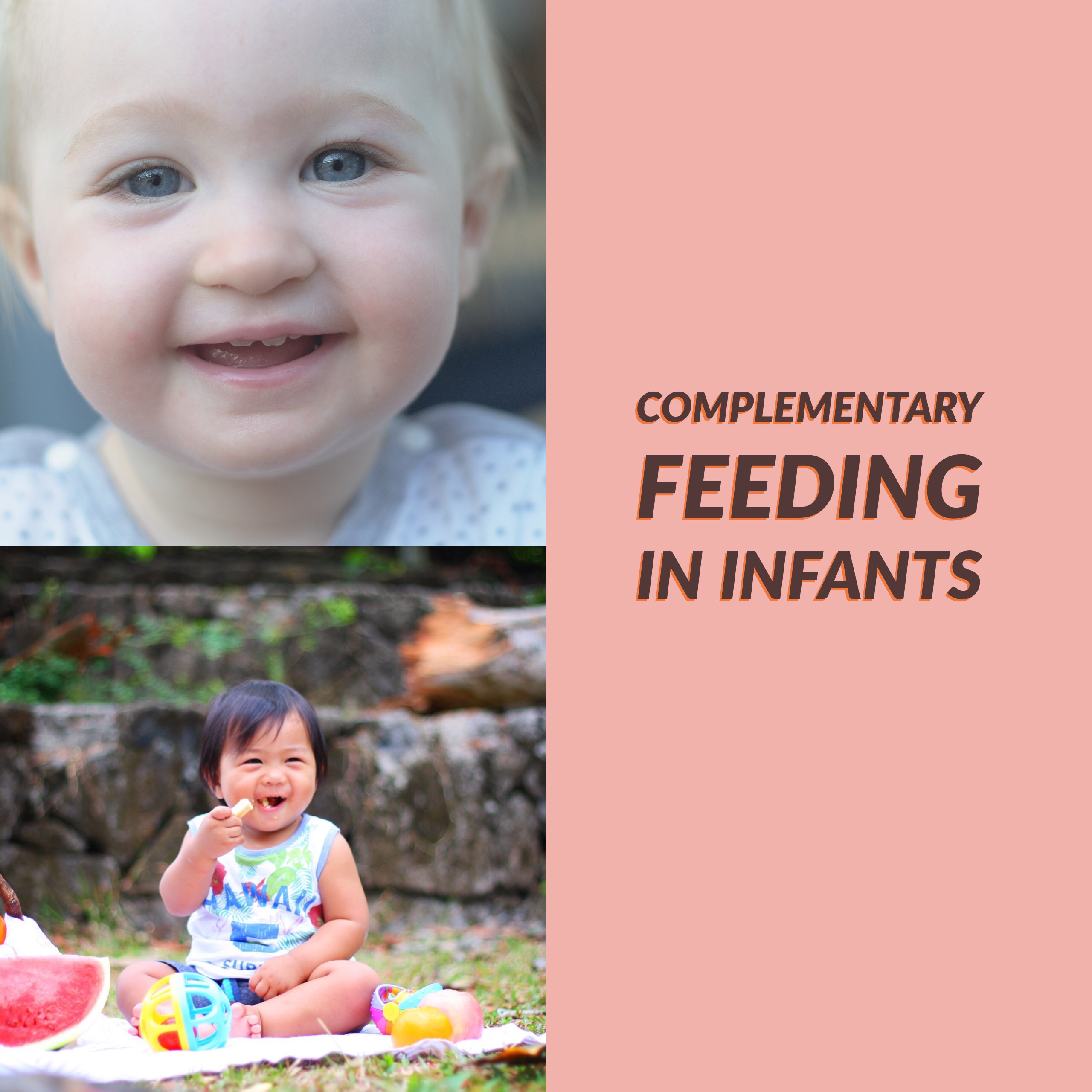 What is complementary feeding?
What is complementary feeding?
The first year of life is the period of rapid growth . Infants at this stage require energy and nutrients in order to grow well. Complementary feeding often called weaning is the gradual introduction of solid food to infants at the age of six months. World health organisation recommends exclusive breastfeeding till 6 months of age. Breastfeeding is essential for newborn as they are enriched with all the nutrients needed by the baby, also they contains essential antibodies which helps children to fight from infections like diarrhoea, respiratory illnesses and ear infection. It is important to start complementary feeding along with breastfeeding or formula feeding after six months because the milk alone is unable to provide all the nutrients needed for growing infants.
Stages of weaning
Babies are ready for weaning when their digestive system is strong enough to digest complementary foods. Early weaning to children may lead to obesity, kidney or liver diseases and other physiological disorders. However many parents wants to start weaning earlier , and for it four months is earliest age to start solids. There are three different stages of complementary feeding or weaning.
First stage (6 months)
The first stage starts when the babies are introduced new foods along with breastfeeding usually around six months . Infant is ready to wean when they are able to sit with support and start chewing movements. It is always essential to start weaning once a day and after a week or two gradually offer them twice . At this age the main source of energy is still the breast milk or formula milk. At first infant cereal should be introduced followed by home prepared and strained foods. It is important to introduce only one food at a time in order to identify any allergies or intolerance to particular foods. Introducing vegetables before fruits increase infant acceptance to strong flavour and prevent tooth decay.
Examples of first stage foods
- Commercially available baby rice or homemade mashed rice and cereals
- Mashed , well cooked potatoes
- Mashed and steamed vegetables
- Soft fruits , banana for example
Second stage (9-12 months)
At this stage the rotary chewing develops in infants and they are willing to accept more textured foods. The children at this stage are also learning to grasp things and taking them towards mouth. This indicates their readiness to accept finger foods.
Examples of second stage foods
- Mashed pasta, vegetables and fruits with small lumps.
- Well cooked chopped meals with rice or cereals.
- Oven dried toasts, cheese sticks
- Bite size vegetables
- Soft diced fruits such as banana and peaches
- Tapioca
Third stage (12 months and onwards)
At the end of first year, babies are able to hold the bottle or cup and try to take them to their mouth. They begin to self feed from a cup or bottle as they are able to rotate their wrist and raise elbow. Also because of the increased jaw movement they are able to chew foods. At this age it is essential to introduce chopped family foods to children and reduce milk feed to 1-2 feeds per day.
Examples of third stage foods
- Raw fruits and vegetables
- Chopped fibrous meat
- Cooked cereals
- Cottage cheese and yogurt.
Foods to avoid
- Salt: Babies should not consume more than 1 gram of salt per day.
- Sugar : Avoid adding sugar in foods and juices in order to prevent tooth decay
- Nuts : Nuts an cause choking in young infants and can cause allergy in young infants. Gradually introduce nuts in ground form after one year.
- Honey: It contains bacteria which can lead to infant botulism
Directions for infants food preparation
- Use fresh fruits, vegetables or meats.
- Wash your hands and utensils before cooking.
- Cook food thoroughly in as little water as possible to avoid nutrients loss.
- Do not add salt or sugar for foods intended for infants less than 1 year old
- Add enough water for food to be easily pureed.
- For children less than 10 months use formula or breast milk in cereals.
Diet in Irritable bowel Syndrome
 Irritable bowel syndrome is a disorder that involves large intestine. Common symptoms of irritable bowel syndrome (IBS) are abdominal pain, bloating, flatulence, rectal pain, sensation of incomplete evacuation,mucous in the stool and frequent onset of alternating diarrhoea and constipation.
Irritable bowel syndrome is a disorder that involves large intestine. Common symptoms of irritable bowel syndrome (IBS) are abdominal pain, bloating, flatulence, rectal pain, sensation of incomplete evacuation,mucous in the stool and frequent onset of alternating diarrhoea and constipation.
Causes of irritable bowel syndrome
IBS is a common disorder affecting 20% of women and 10-15% of men worldwide. Although the exact cause of IBS is unknown many health experts suggests that the abnormal communication between the brain and GI tract results in Irritable bowel syndrome. One of the main cause of irritable bowel syndrome is tension and depression due to life stressors such as employment, divorce and uncomfortable social situations which directly effect your dietary patterns and causes GI disorders. About 40-60 % patients suffering from IBS also report psychiatric problems such as anxiety, depression or somatisation. In additionto stress and depressionother factors include
- Excessive use of laxatives and other medicines
- caffeine
- Antibiotics
- Restlessness and sleeplessness
- Previous GI problems
- Family history of food allergies
Diet management in IBS
The primary aim of diet management is to ensure adequate nutrient intake and avoid dietary practices that contributes to symptoms .
- A high fibre diet is usually recommended which add bulk to stools and promote normal bowel movement. In certain conditions such as constipation additional fibre in the form psyllium ( isapghol) is also recommended. However excessive use of wheat bran sometimes aggravate the symptoms. Rich sources of fibre are whole-grains, oats, fruits, vegetables and flaxseeds.
- Low fat diet is usually recommended in order to avoid combination symptoms of diarrhoea and constipation and uncomfortable bowel symptoms.
- Drink plenty of fluids preferably water to avoid dehydration associated with diarrhoea in irritable bowel syndrome.
- Probiotics found in yogurt and fermented milk have been found to decrease bloating, abdominal pain and flatulence . Try to add three tablespoons of yogurt with every big meals.
- Avoid gas producing foods such as cauliflower, beans, chickpeas which causes flatulence and bloating.
- Low FODMAP diet. FODMAP are generally short chain fatty acids that are poorly absorb in GI tract . The diet low in FODMAP is an effective treatment of gas, bloating abdominal pain and other IBS symptoms. Food to avoid include, milk, ice cream and cheese, fruits such as mangoes, plums, oranges, legumes, high fructose corn syrup found n fizzy drinks, vegetables such as cabbage, broccoli, cauliflower and Brussels sprouts.
by,
Aliya Waqas
Oranges

Rheumatoid arthritis
 Rheumatoid arthritis inflammatory disease primarily affecting joints and is characterised by changes in synovial membranes characterised by degeneration of joint muscle and bone loss. It commonly affects small joints of hands and feet but can affect other joints as well. Patients often complain about pain, stiffness and swelling.
Rheumatoid arthritis inflammatory disease primarily affecting joints and is characterised by changes in synovial membranes characterised by degeneration of joint muscle and bone loss. It commonly affects small joints of hands and feet but can affect other joints as well. Patients often complain about pain, stiffness and swelling.
Causes of rheumatoid arthritis
Rheumatoid arthritis is the autoimmune disorder in which the immune system attacks it own body tissues instead of germs and virus. Almost 1-2% of population worldwide is affected by rheumatoid arthritis. Women are more affected by rheumatoid arthritis than man. Although the exact causes of rheumatoid arthritis are unknown. Some of the factors which contributes to increase the likeliness of developing rheumatoid arthritis or worsen the inflammation are;
- Smoke
- Red meat
- Caffeine
- Genes
- Cold and damp
Diet management in rheumatoid arthritis
Nutritional management along with medicines and exercise is extremely important in patients with RA. These patients are considered to be at nutritional risk as result of excessive medications , increases metabolic rate and protein breakdown. Similarly overweight individuals are more at risk of developing arthritis as excess weight put additional burden on joints and increase pain, stiffness and swelling. A regular diet and exercise is needed in order to shed extra pounds.
Studies reveals that patients suffering from rheumatoid arthritis are at high risk of developing obesity, abnormal vitamin levels and poor nutrient intake.
Fats and lipids
Low fat or fat free diets lead to low serum levels of vitamin A and E which aggravate rheumatoid arthritis. Rather than eliminating fats change the type of fats . Omega 3 fatty acids found in oily fish, flaxseeds or cod liver oil is effective in reducing inflammation and have been shown to reduce the symptoms of rheumatoid arthritis. Monounsaturated fatty acids found in olive oil is beneficial for R A arthritis patients because of its anti microbial, anti-inflammatory and antioxidant properties.
Vitamins and minerals
RA patients are more susceptible to vitamin and minerals deficiency as the pain relieving medications alter vitamins and mineral levels.
Calcium and vitamin D malabsorption and bone demineralisation are reported in advance stages of rheumatoid arthritis. Enough calcium is needed by RA patients as they are at higher risk of developing osteoporosis.
Vitamin D supplements are often required ,when the exposure to sunlight is not enough. A regular examination of serum vitamin and mineral levels is necessary in order to keep a check on the deficiencies associated with excessive use of anti inflammatory medicines.
Mediterranean diet
Recent researches advocate the use of Mediterranean diet to lower inflammation and cure some symptoms of rheumatoid arthritis.Mediterranean diet is packed with vegetables, fruits, fatty fish , whole grains, beans, and monounsaturated fatty acids as in olive oil which give relief in pain and inflammation. The fatty fish for example mackerel, salmon are rich source of omega 3 and fruits and vegetables are rich source of antioxidants. All these foods helps to curb inflammation.
Conclusion
Rheumatoid arthritis is an autoimmune disorder which requires proper medical care. Dietary management is essential in order to avoid deficiencies associated with drug nutrients interactions and to relieve symptoms of chronic inflammation.
Some of the important tips to prevent inflammation are
- Maintain healthy weight through proper diet along with regular exercise.
- Add omega 3 and monounsaturated fatty acids in your daily diet. Sources of omega 3 are fish, cod liver oil, flaxseeds. Monounsaturated fatty acids is found in olive oil.
- Eat variety of fruits and vegetables which are the rich source of antioxidants. Antioxidants helps to reduce inflammation and improve symptoms of arthritis.
by ,
Aliya Waqas
Portion and serving size guide
What is portion size?
A portion size can be defined as the quantity or the amount of food one choose to eat at a time. Eating too little or more than the required amount may result in malnourishment or obesity. During recent years average portion size has become quite large for one person. At domestic level people prefer to use large dinner plates instead of smaller ones for eating and servings , similarly the restaurants are serving big portions of food such as big mac burgers and 12 inch sandwich as one serving. Large portion size leads to overweight and obesity . Thats is the the reason during the past few decades, the percentage of obesity and the metabolic disorders associated with them have been drastically increased.
Serving sizes of different foods
The serving size is usually the recommended amount of different foods and is mostly less than the portion of food one chooses to eat or the portion that is served . Recommended serving size makes it easier for the consumer to compare the nutrient content of similar item. Below is the handy guide to the serving of different foods.
Bread, cereal and grains
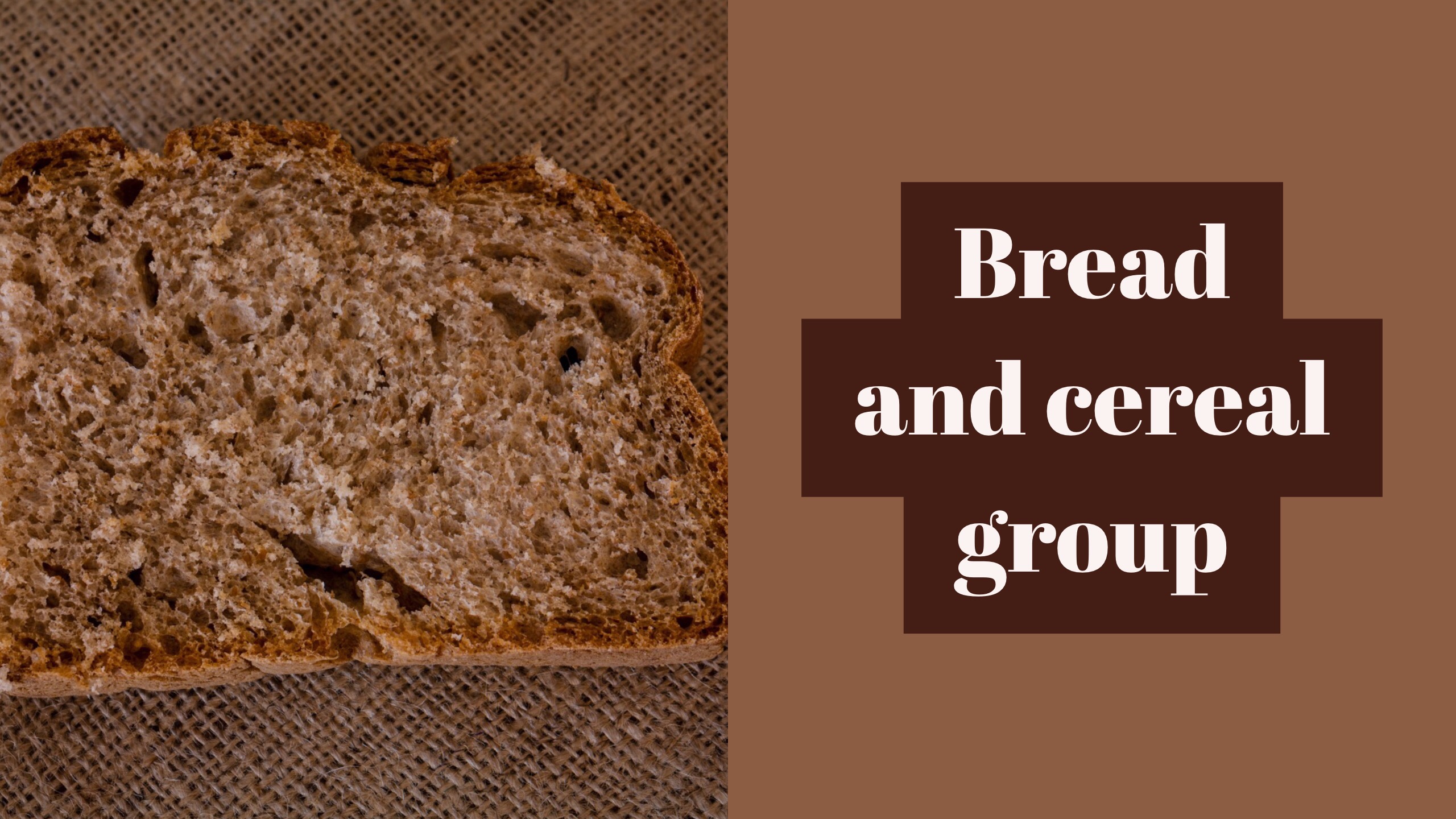 For a healthy individual 6 -11 servings from this group is recommended. Aim for at least half of them whole grain. 1 serving of bread,cereals and grains provides you with 16 grams of carbohydrates and 64 kcal.
For a healthy individual 6 -11 servings from this group is recommended. Aim for at least half of them whole grain. 1 serving of bread,cereals and grains provides you with 16 grams of carbohydrates and 64 kcal.
Examples of 1 serving of bread and cereals
1 slice of bread
1/2 cup cooked rice
3tbsp cooked cereals
1/2 cup popped corns
1 disc size chapatti
1 medium potatoes
2 biscuits
1 wheetabix
Proteins group
 2-3 servings from protein group is recommended daily. 1 oz of low fat meat and protein providesyou with 7 gramsprotein and 0-1 gramsfat. Limit your choices from high fat meat groups to three times per week or less. 1 serving of protein group is;
2-3 servings from protein group is recommended daily. 1 oz of low fat meat and protein providesyou with 7 gramsprotein and 0-1 gramsfat. Limit your choices from high fat meat groups to three times per week or less. 1 serving of protein group is;
2-3 oz of lean meat about the size of deck size of cards
1/2 cup of beans, split peas and legumes
12 almonds or 2 tbsp nuts and seeds
2 eggs
Fruits and vegetables
 At least 5 servings of fruits and vegetables are recommended daily . One serving of fruits provides you with 15 grams carbohydrates and 60 kcal and one serving of vegetables provide you with 5 grams carbohydrates, 2 grams proteins and 25 kcal. Try to eat at least 2 -3 vegetable choices each day. Fill half of your plate with salad and fruits first.
At least 5 servings of fruits and vegetables are recommended daily . One serving of fruits provides you with 15 grams carbohydrates and 60 kcal and one serving of vegetables provide you with 5 grams carbohydrates, 2 grams proteins and 25 kcal. Try to eat at least 2 -3 vegetable choices each day. Fill half of your plate with salad and fruits first.
Examples of 1 serving of fruits
1 medium apple or orange or banana
4 apricots
3 dates
17 grapes
11/4 cup watermelon
1 cup papaya cubes
1/2 mango
Examples of 1 serving vegetables
1 cup raw vegetables
1/2 cup cooked vegetables
12 baby carrots
1 cup mixed salad
Milk and milk products
 3 servings from milk and milk products are recommended in a day . Milk and milk products are good source of calcium and proteins. One serving of low fat milk and milk products provides you with 12 gram carbohydrates, 8 grams proteins, 0-3 grams fats and 90 kcal.
3 servings from milk and milk products are recommended in a day . Milk and milk products are good source of calcium and proteins. One serving of low fat milk and milk products provides you with 12 gram carbohydrates, 8 grams proteins, 0-3 grams fats and 90 kcal.
1 serving of milk and dairy products is equivalent to
1 cup Skim milk
3/4 cup low fat yogurt
1/2 cup evaporated skim milk
Fats and oils
 All fats and oils are high in calories. Limit serving size of fats and oils to ensure good nutrition and health. 2 – 3servings of fats and oil are recommended in a day. 1 serving of oil provide you with 5 grams fat and 45 calories. The 1 serving of fats and oils are equal to
All fats and oils are high in calories. Limit serving size of fats and oils to ensure good nutrition and health. 2 – 3servings of fats and oil are recommended in a day. 1 serving of oil provide you with 5 grams fat and 45 calories. The 1 serving of fats and oils are equal to
to
1tsp of cooking oil
1tsp of mayonnaise
1 tbsp of butter and low fat salad dressing.
tips to reduce portion size
- Make small changes gradually in your diet and exercise.
- Eat variety of foods . Do not restrict yourself to specific foods
- Balance your intake with physical activity.
- Serve yourself dinner in smaller plates.
- Fill half of your plate with salad first.
- Drink plenty of water .
- Use fruits and raw vegetables as a snack.
by,
Aliya Waqas

